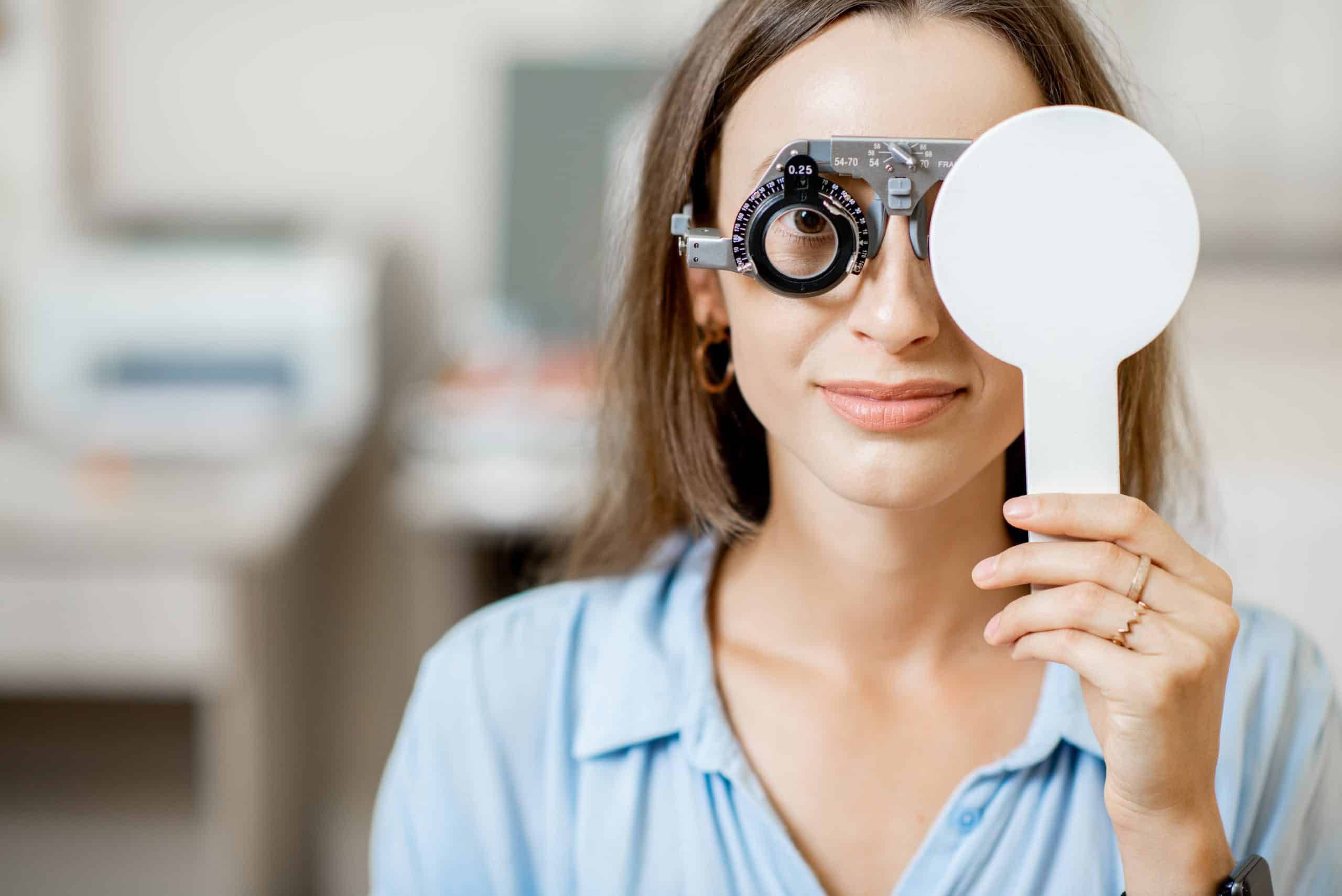How Is Machine Vision Being Applied in Automated Quality Control Systems?

In today’s rapidly evolving technological cosmos, major industries worldwide are integrating automated systems into their operational procedures. One stand-out technology is machine vision, a computer’s ability to interpret, analyze, and understand digital images. Its primary application? Transforming the realm of quality control in manufacturing industries. Machine vision has revolutionized the inspection and verification process, making it automated, more accurate, and efficient.
How exactly does the fusion of machine vision with automated quality control systems accelerate production and enhance product quality? This article will delve into the application of machine vision in quality control systems, exploring how it improves product inspection, aids in defect detection, and contributes to data-driven manufacturing processes.
A lire aussi : What Breakthroughs Are Happening in Organic Photovoltaic Cells for Solar Energy?
The Intersection of Machine Vision and Quality Control Systems
Machine vision’s primary role in quality control systems involves automated inspection and product verification. It allows for real-time analysis and interpretation of images during the production process, thereby enabling immediate feedback and correction.
Traditional inspection methods entail manual labor, which can be time-consuming, costly, and prone to human error. Machine vision systems, however, utilize smart cameras and image processing software to analyze products, ensuring they meet the set quality standards.
A découvrir également : What’s the Impact of AI on Streamlining Legal Document Analysis?
These systems can inspect thousands of products per minute, considerably faster than a human. They can also operate 24/7, unlike the human workforce. Using machine vision for product inspection eliminates the possibility of defects reaching the consumer, thus, fostering customer satisfaction and trust.
Machine Vision and Defect Detection
Machine vision’s application in defect detection is a game-changer in the manufacturing world. It allows for a more thorough inspection, spotting defects that could be missed by the naked eye.
Microscopic inspection is an example of how machine vision can detect minute defects. Some manufacturing processes require microscopic precision, like in the pharmaceutical and electronics industry. Machine vision systems can easily identify defects such as misalignment, incorrect size, or absence of components by comparing the product images with a predefined standard.
Furthermore, machine vision can inspect products in environments that are hazardous or difficult for humans. For example, it can be used to check for defects in high-temperature or high-pressure processes in the petroleum industry.
Machine Vision in Data-Driven Manufacturing Processes
Data is the backbone of modern industry. Machine vision systems are capable of generating vast amounts of valuable data that can be utilized to optimize manufacturing processes.
With machine vision, every product that passes through the production line is recorded and analyzed. This data is key to understanding the performance and efficiency of the manufacturing process. It can provide insights into the production line’s trends and patterns, and identify bottlenecks or inefficiencies.
In addition, the data gathered by machine vision systems can be used for predictive maintenance. By identifying patterns in product defects, the system can predict when a machine is likely to fail or require maintenance. This allows for proactive measures, which can save time, increase productivity, and reduce costs.
The Future of Machine Vision in Industrial Quality Control
The future of machine vision in industrial quality control is bright, with advancements in technology and artificial intelligence promising even more efficiency and accuracy.
Complex algorithms and deep learning techniques are being developed to improve the image analysis capabilities of machine vision systems. These advancements will enable the systems to identify a wider array of defects and improve their accuracy.
In addition, the integration of machine vision with other emerging technologies such as the Internet of Things (IoT) and cloud computing is expected to further enhance the capabilities of automated quality control systems. IoT will allow for real-time data sharing between machines, while cloud computing will facilitate the storage and analysis of the huge amounts of data generated by machine vision systems.
Conclusion
Machine vision has undoubtedly brought about a revolution in quality control systems in the manufacturing industry. By automating the inspection and defect detection process, it has significantly increased efficiency and accuracy. And with the potential of integrating machine vision into data-driven manufacturing processes, the future holds promising possibilities for further enhancing product quality and production efficiency.
Sorry for the mistake, this paragraph shouldn’t be there as there is no conclusion in this article.
Machine Vision and Measurement Systems
Measurement systems form the backbone of quality control in many industries, facilitating precision and ensuring consistency in the production process. Today, machine vision is transforming these systems, enabling real-time measurements with unparalleled accuracy. Integrating machine vision technology into measurement systems not only enhances product quality but also accelerates the production process.
Conventionally, companies have relied on manual measurement methods which are labor-intensive, time-consuming, and susceptible to human error. With vision systems, however, products can be measured accurately and efficiently in real-time during the manufacturing process. These vision systems use high-resolution cameras and image processing software to capture and interpret images of the product, measuring its dimensions, shape, and other relevant features.
For instance, in the automotive industry, machine vision inspection systems can measure the dimensions of car components, ensuring they meet the set standards. This eliminates the risk of manufacturing faulty parts, which can lead to expensive recalls and damage to the brand’s reputation.
Furthermore, machine vision systems enable non-contact measurements, preserving the integrity of delicate products. This is particularly beneficial in industries such as electronics, where the components are small and delicate, and contact measurement could potentially cause damage.
Moreover, machine vision measurement systems generate vast amounts of data, aiding in the optimization of the production process. By analyzing this data, manufacturers can identify trends, spot inefficiencies, and make informed decisions to enhance their production lines.
Machine Learning and Artificial Intelligence in Machine Vision
The integration of machine learning and artificial intelligence (AI) with machine vision is set to revolutionize the realm of quality control. Machine learning, a subset of AI, enables the vision system to continually learn from the data it collects, improving its performance over time.
Through machine learning, vision systems can be trained to recognize various defects, learn from the patterns, and improve their defect detection capabilities. For instance, a vision system can be trained to identify a specific type of defect in a product. Over time, as it encounters more instances of this defect, the system will become more adept at detecting it, thereby enhancing its accuracy.
Deep learning, a type of machine learning, takes this a step further. It enables the vision system to learn from unstructured data, such as images or text, and make predictions or decisions without being specifically programmed to perform the task. This means that the system can learn to identify new types of defects, even those that it has not been explicitly trained to detect.
Moreover, AI-powered vision systems can analyze the vast amounts of data generated during the production process and make predictions. For instance, they can predict machine failures or maintenance needs based on patterns in the data, enabling proactive measures.
Artificial intelligence and machine learning are, thus, poised to elevate the capabilities of machine vision in automated quality control systems, promising enhanced product quality and production efficiency.
Conclusion
Machine vision has undeniably revolutionized the landscape of quality control in the manufacturing sector. By automating the inspection and defect detection process, it has amplified efficiency, accuracy and also paved the way for real-time, data-driven decision making. The integration of machine vision with measurement systems, powered by advancements in machine learning and artificial intelligence, promises to further elevate product quality and manufacturing efficiency.
The future is ripe with potential as industries continue to harness the power of machine vision technology. With its ability to detect minute defects, perform accurate measurements, and generate valuable data, machine vision stands as a powerful tool in the pursuit of quality and efficiency in manufacturing. As we move forward, we can expect machine vision to continue to transform quality control processes, setting new standards for product quality and production efficiency.
